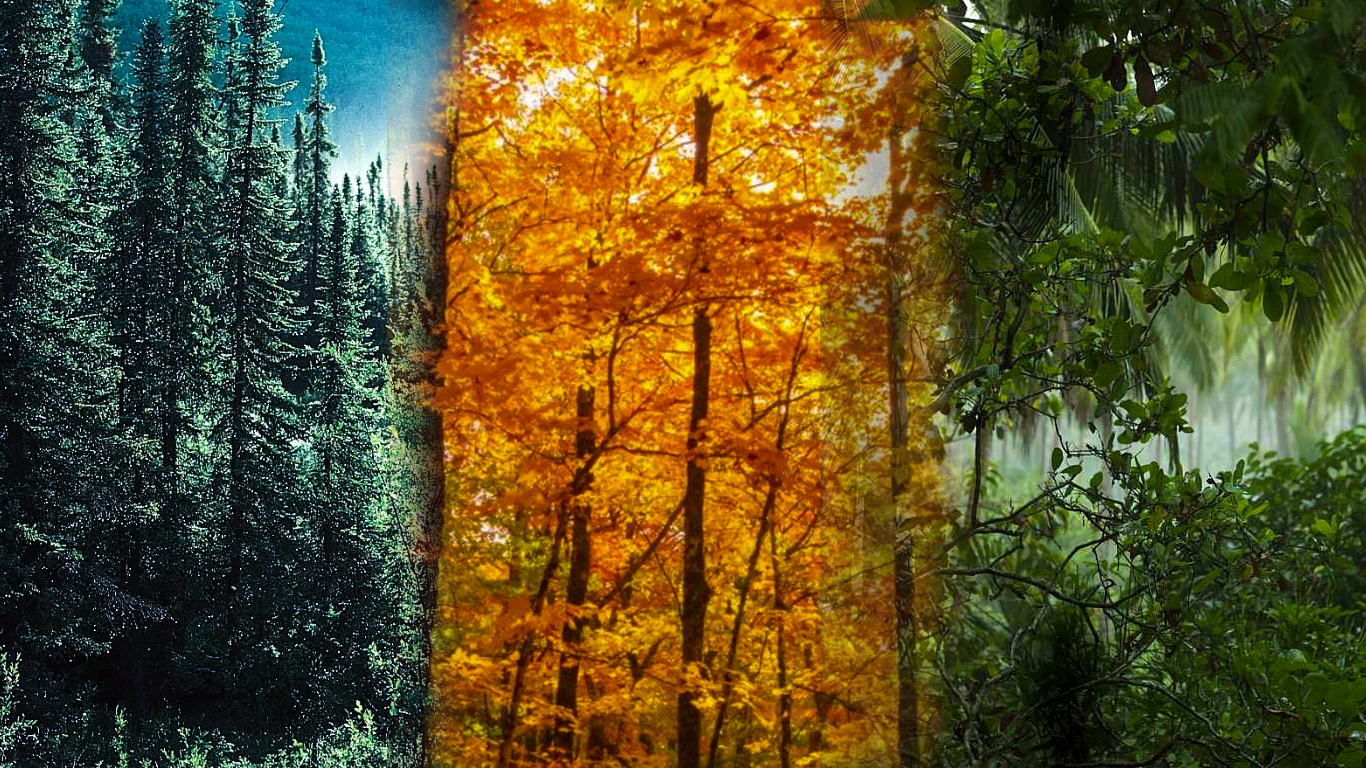From the frost-kissed boreal forests of the north to the temperate woodlands of the mid-latitudes, and the lush (sub)tropical forests near the equator, these natural wonders are more than just trees—they are the lifeblood of our planet. Covering about 30% of Earth’s land, forests provide habitat for diverse vegetation and wildlife species while also playing a crucial role in sustaining the global ecosystem.
These forests are essential in mitigating climate change, storing 70% of the carbon in living organisms, and cooling the air by up to 8°C (46.4°F). Understanding these three types of forests; boreal, temperate, and (sub)tropical—is crucial for appreciating their diverse ecosystems and recognizing their characteristics in nature.
Boreal Forests (taiga)
This type of forest can be found over the high latitudes of the Northern Hemisphere. The precise area is estimated to cover around 11% of land on the planet, across Russia, Canada, Scandinavia, Eurasia, and North America.
The climate is characterized by long winters and short summers. Winters are freezing and typically last for six months, often with temperatures dropping below -25°C (-13°F), and in some areas, it could be colder. On the northern side like Alaska, Canada, and Scandinavia, there is a phenomenon called Polar Night, when the sun does not rise above the horizon for weeks or months in the winter. Meanwhile, the sun can shine for nearly 24 hours in summer and reach around 20°C (68°F).
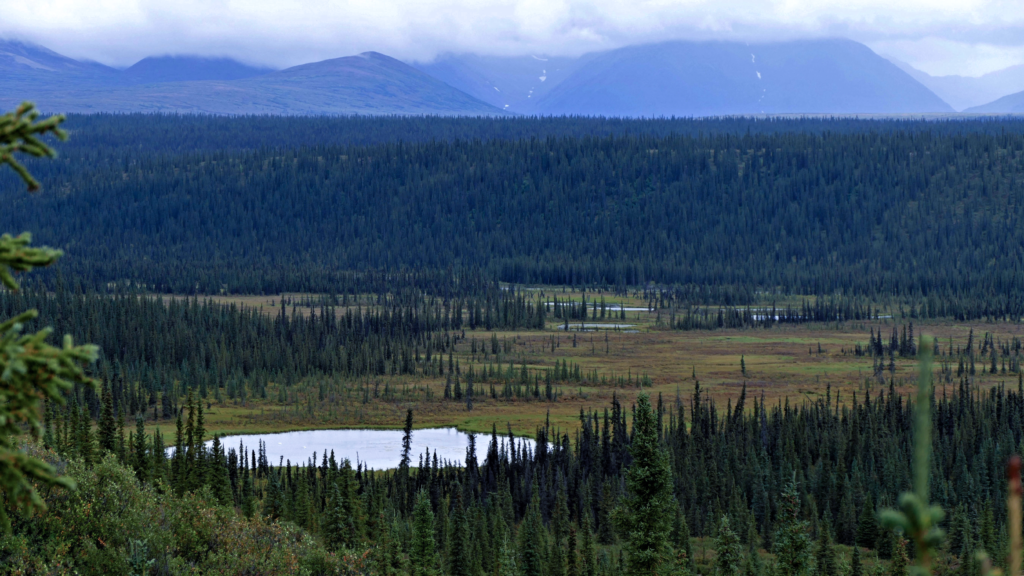
Soil
Spodosols or podzols are the dominant soils in boreal forests. It is acidic and nutrient-poor soil with an ashy color because the harsh cold climate slows the decomposition process. Due to low nutrients and extreme weather, the plants that grow in the areas are cold-tolerant and rely on Ectomycorrhizal fungi (EMF) to enhance nutrient uptake.
Vegetation
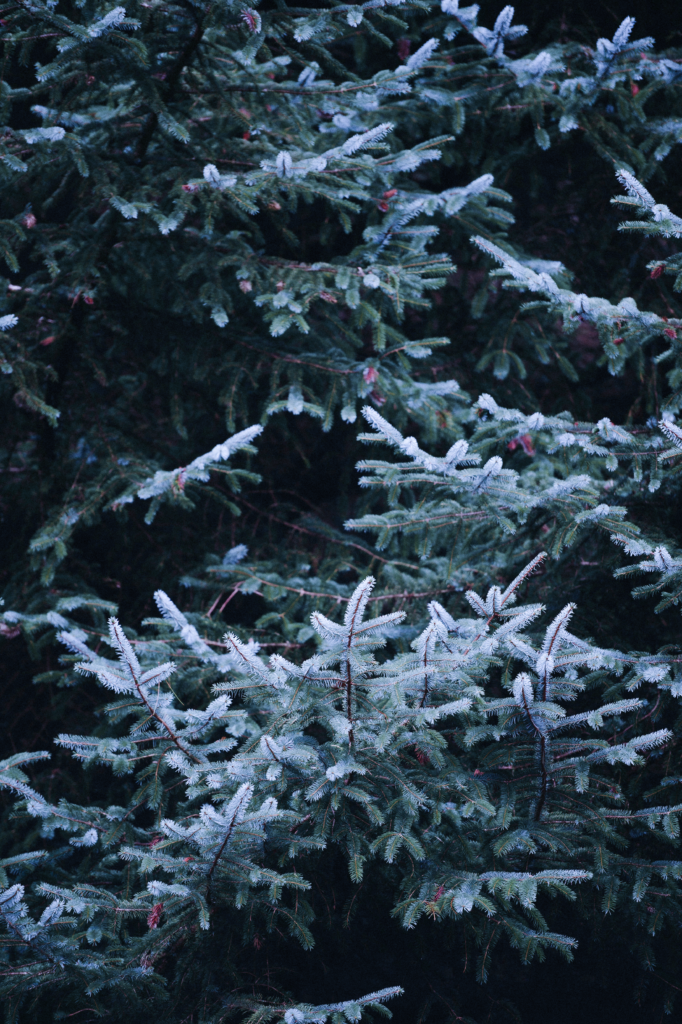
The boreal region of Fennoscandinavia and western Russia is divided into zones based on vegetation—from temperate broadleaf trees in the south to conifer-dominated forests in the north. The southern boreal zone is a transitional area with both broadleaf and coniferous species, while the middle and northern zones are largely coniferous, with Scots pine and Norway spruce as dominant species.
Nutrient-poor, wet environments like muskeg have low species diversity, whereas more nutrient-rich swamps support a diverse flora. Shrubs are infrequent, with small trees and saplings more common in the understory. Mosses and lichens dominate the forest floor, especially in mesic sites (habitat that has a moderate amount of moisture).
Western Russia and eastern Eurasia share similar forests but also feature unique species like Siberian fir and larch. In North America, boreal forests exhibit regional variation with dominant species like white spruce, black spruce, and jack pine. Fire, permafrost, and soil conditions shape these forests, supporting diverse plants, including epiphytic non-vascular plants (plants that grow on other plants).
Wildlife
The boreal ecosystem is characterized by unique adaptations among its mammals, such as the snowshoe hare and lynx, which adapt for survival in winter conditions. Moose, reindeer, and other large herbivores rely on willow, broad-leaved trees, and aquatic plants in summer, and woody twigs and buds in winter.
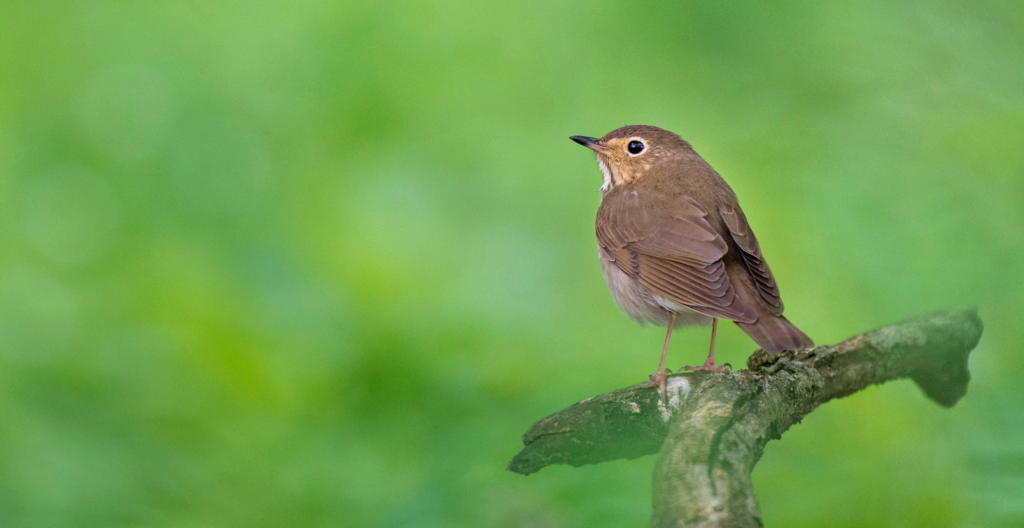
These herbivore populations are controlled by wolf predation, weather, plant availability, and human hunting. Moreover, migratory birds like the American Redstart or Swainson’s Thrush and variants of insects such as the Spruce Budworm or Mountain Pine Beetle could also be found in the ecosystem, and play their role in keeping the balance of forest habitat.
Tropical and Subtropical forests
Often synonymous with tropical rainforests, they cover roughly 16% of the land area and are the most biologically diverse ecosystem, housing an estimated 50% of the world’s species. Its location extends around the equator, including Central and South America, Central Africa, India, Southeast Asia, to Australia.
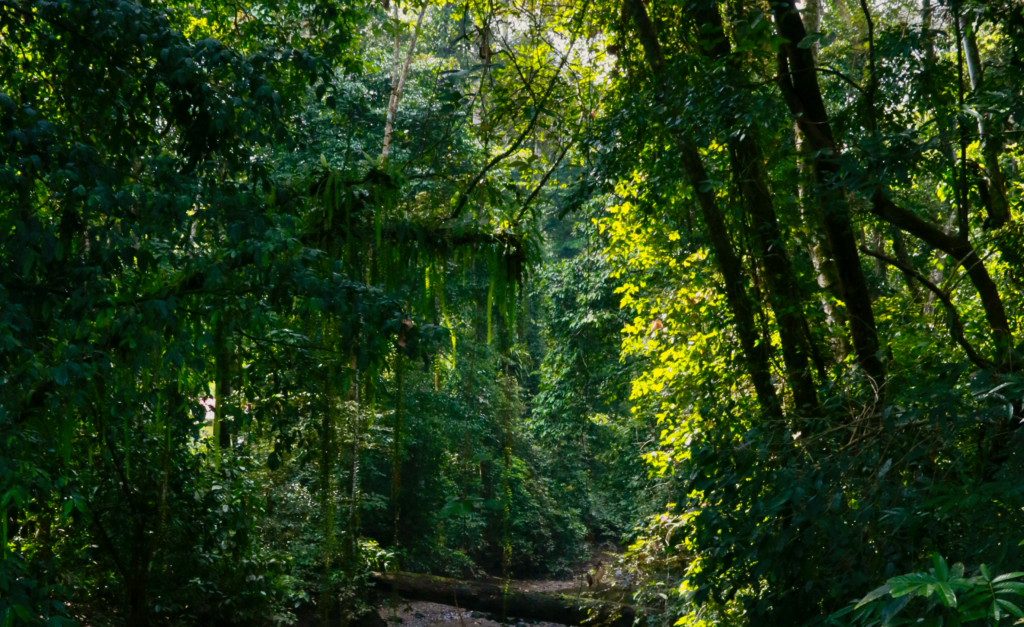
Mostly characterized by its dry climate, the rest of the (sub)tropical forest is humid or wet. Sunshine throughout the year makes the landscape frost-free with the day temperature reaching 18°C (64.4°F) or above. Day length is fairly constant, with approximately 12 hours of daylight and 12 hours of night. Some areas of (sub)tropical forests have high levels of rainfall (rainforests area)—for example, the Amazon, Daintree, Southeast Asian rainforests, etc.
(Sub)tropical forests are seasonal and semideciduous (the upper canopy loses its leaves during summer, while the evergreen lower layer remains unchanged). There are also mangrove forests, in tidal zones, that are evergreen, salt-tolerant, sparse understorey, often with non-vascular plants.
Soil
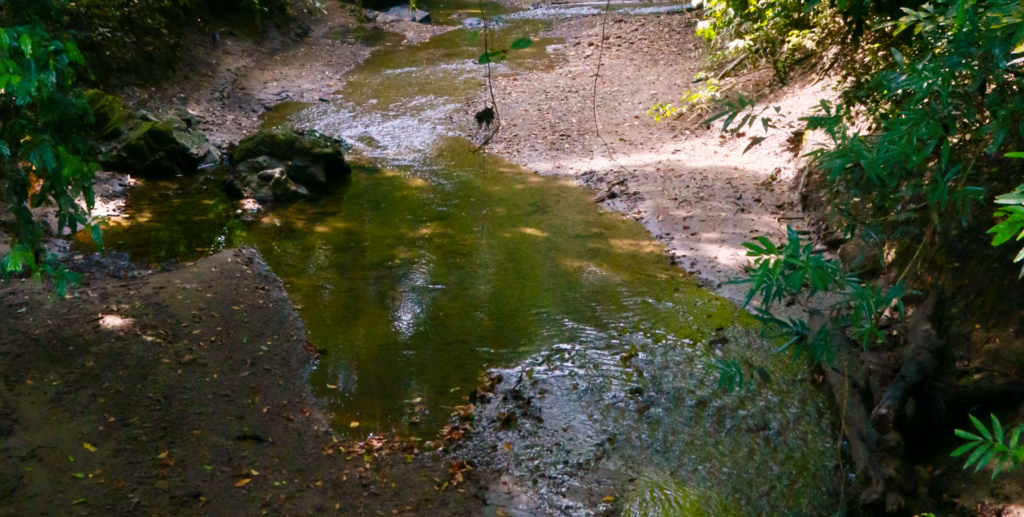
Soils in (sub)tropical forests exhibit distinct characteristics influenced by the warm and often humid climate, leading to rapid weathering and leaching of minerals. (Sub)tropical forest soils, such as ferritic soils, are typically deep, highly leached, and rich in iron and aluminum oxides, which give them a red or yellow hue. These soils experience rapid organic matter decomposition due to constant warmth and moisture, resulting in quick mineralization and stable organic content.
Vegetation
Across various regions, these soils support a remarkable diversity of plants and trees, each adapting uniquely to their environments. Species like Raphia gigantea (palm species) and various woody families such as Annonaceae (custard apple) and Burseraceae thrive in the consistent climate of Central Africa. At the same time, Madagascar’s isolated tropical forests boast many endemic species from families like Sapindaceae (soapberry) and Sterculiaceae.
Southeast Asia, particularly Malaysia, and Borneo (Indonesia), features diverse architectural models like Strelitzia nicolai (wild banana) and Tectona grandis (teak trees) contributing to the complex forest structure. The nutrient-rich soils in these regions foster such variety of plants and trees. Central and South America, especially the Amazon Basin, are known for the rapid growth and high species diversity of trees such as those in the Meliaceae (mahogany) and Sapotaceae families. The Guianas and West Indies host unique species adapted to local conditions.
Additionally, Australian tropical rainforests are primarily located along the northeastern coast of Queensland, occupying less than 1% of the continent. The canopy includes coniferous trees from the Araucariaceae and Podocarpaceae families but Eucalyptus are the majority of vegetation species in the (sub)tropical forests region.
Wildlife
The (sub) tropical forests and rainforests are rich with various animal species due to their vegetation and climate. In Central Africa, gorillas, chimpanzees, and the African elephant permeate the forest—South America’s forests on the other hand host animals such as jaguars, sloths, and macaws.

The Indo-Malesian (sub)tropical forests are home to various birds, such as the Asian Koel, Greater Coucal, and Brahminy Kite. In addition to these birds, tigers, orangutans, snakes, lizards, gibbons, and the Asian elephant also roam the area.
However, these ecosystems are undergoing rapid changes due to human activities such as deforestation for timber, agricultural expansion (notably oil palm plantations), mining, fires, and climate change. These activities lead to habitat loss and degradation, adversely affecting the distribution and richness of fauna species.
Temperate Broadleaf And Coniferous Forests
They are both located in the mid-latitude area. Spreading throughout East Asia (China, Korea, and Japan), Europe (central and eastern), the USA (North and Central America, some countries in South America) and South Australia.
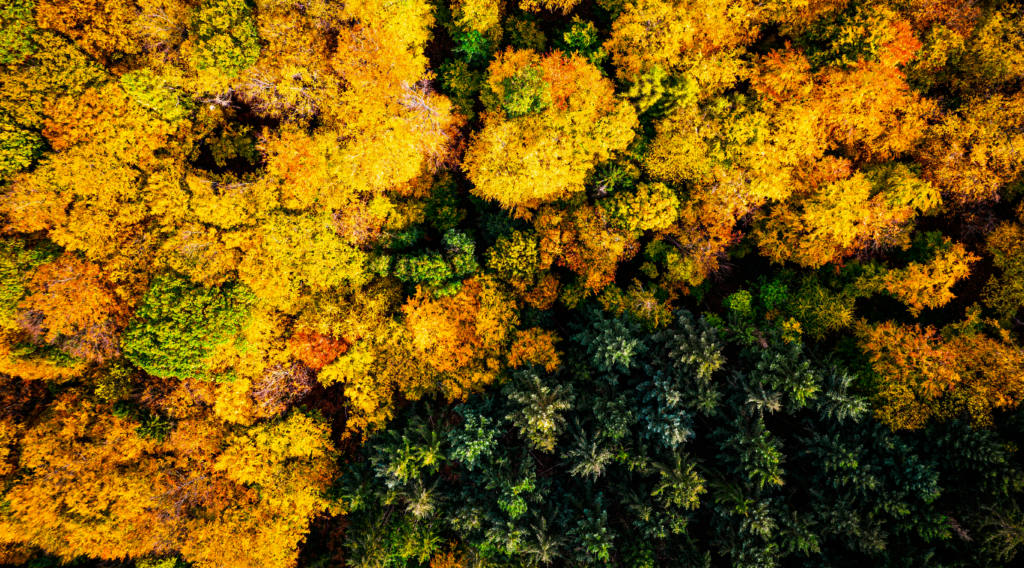
In 2020, temperate forests, including broadleaf and coniferous forests, covered approximately 25% of the world’s tree-covered area. Unlike boreal forests, which are primarily found in the high latitudes of the Northern Hemisphere and are dominated by conifers adapted to cold climates, temperate forests experience moderate climates with distinct seasons. They are also different from tropical forests located near the equator and have a warm, humid climate year-round, supporting dense vegetation and high biodiversity.
Experiencing a varied climate with distinct seasons, including winter, spring, summer, and autumn, these forests endure moderate temperatures ranging from -40°C to 30°C (86°F) throughout the year and receive annual precipitation between 500 and 4000 mm.
Soil and Vegetation
The soils in these regions are as diverse as the climates, heavily influenced by seasonal changes in temperature and moisture. The forests have Alfisols and Inceptisols, which comprise about 37.3% of the total forest soil area.
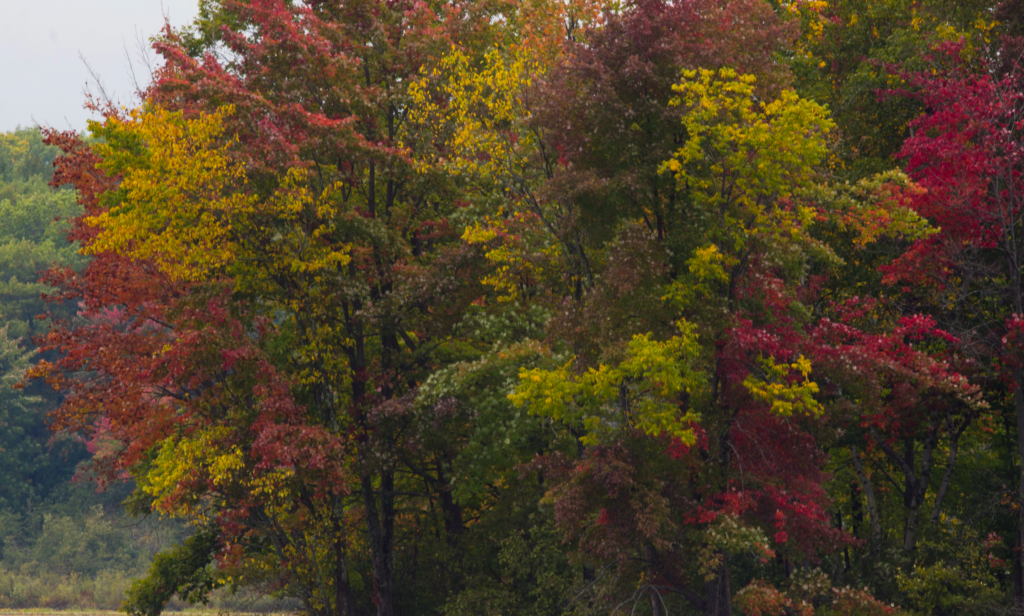
Alfisols, the predominant soils in temperate broadleaf deciduous forests, are highly fertile due to their rich humus content and nutrient retention, making them ideal for various plant species. These soils support diverse vegetation, including key tree species such as oaks (Quercus), maples (Acer), and hickories (Carya), along with a robust understory of shrubs like rhododendrons and azaleas, and a vibrant herb layer of early spring perennials. The rich organic matter in alfisols provides essential nutrients and maintains soil structure conducive to plant growth.
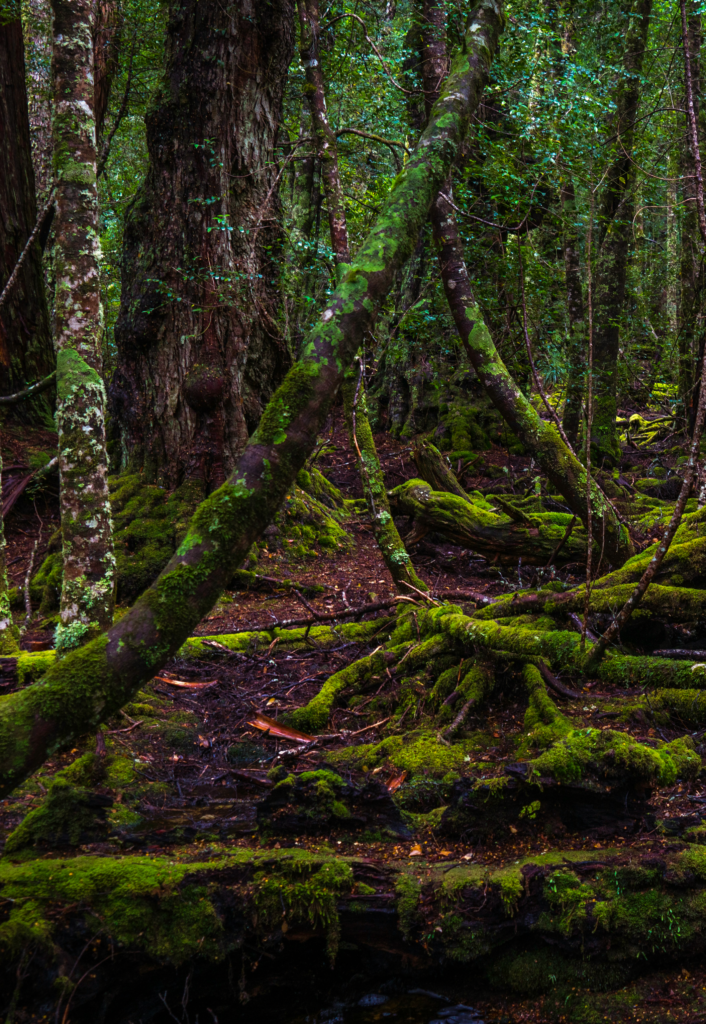
In contrast, the less fertile ultisols found in the southeastern United States are more acidic and weathered, limiting the types of vegetation that can thrive. These soils support more resilient plants such as pines, which tolerate lower nutrient availability. Species like longleaf pines and bald cypress in wetter areas adapt well to the nutrient-poor, acidic conditions. These soil variations, from nutrient-rich alfisols to weathered ultisols, influence plant community composition and forest biodiversity.
Regions with similar soil conditions supporting comparable vegetation can be found in parts of Australia, Argentina, and Chile, where temperate climates foster analogous forest ecosystems. These areas feature soils varying in fertility and acidity, supporting diverse plant species adapted to local conditions. The interplay between soil types, climate, and vegetation in these temperate regions underscores the complexity of these ecosystems and highlights the importance of soil characteristics in determining plant community composition and forest structure.
Wildlife
Animals in temperate broadleaf deciduous forests, such as those in eastern North America, central Europe, and parts of Asia, exhibit remarkable adaptations to seasonal changes. Species like the American bald eagle, black bear, coyote, eastern chipmunk, European red squirrel, fat dormouse, least weasel, and white-tailed deer rely on the forest for food and shelter. Many hibernate in winter and use camouflage to blend into the forest floor for protection.
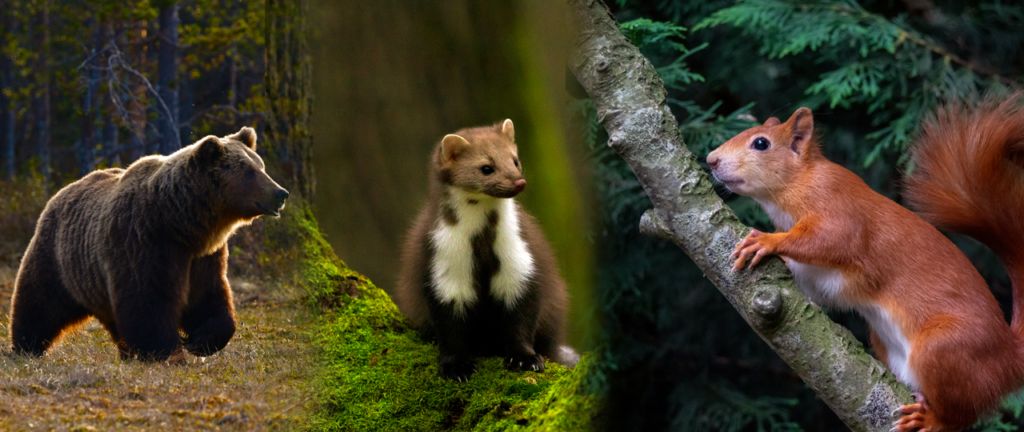
In temperate coniferous forests, fauna adapts to nutrient-poor environments. Notable species include the red squirrel, which hoards seeds, and large ungulates like moose, which browse vegetation and young tree shoots. Bears enter long dormancy periods in winter. These forests also host unique species like Leadbeater’s possum and Albert’s lyrebird in Australian regions. China’s temperate forests, despite agricultural impacts, support diverse birds, small mammals, and larger omnivores.

